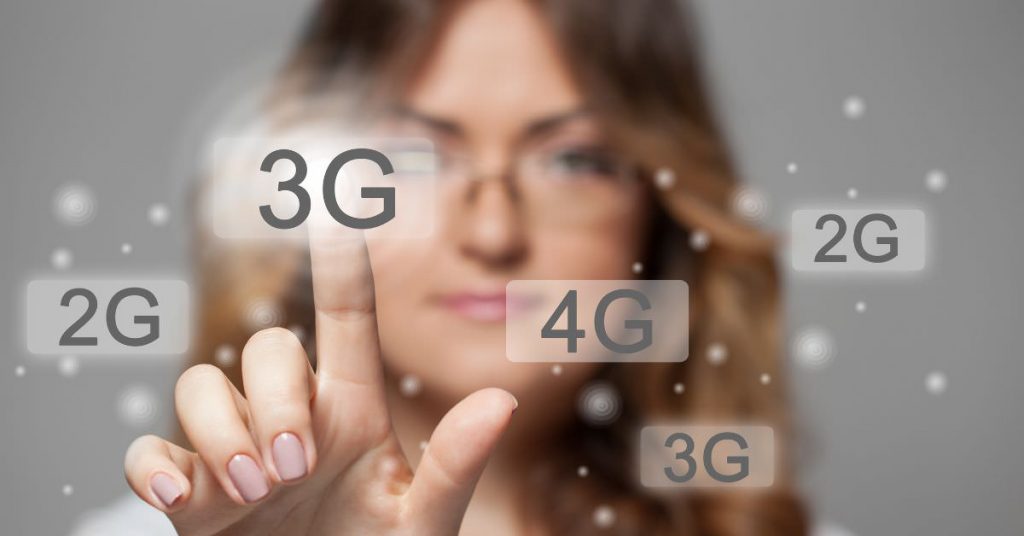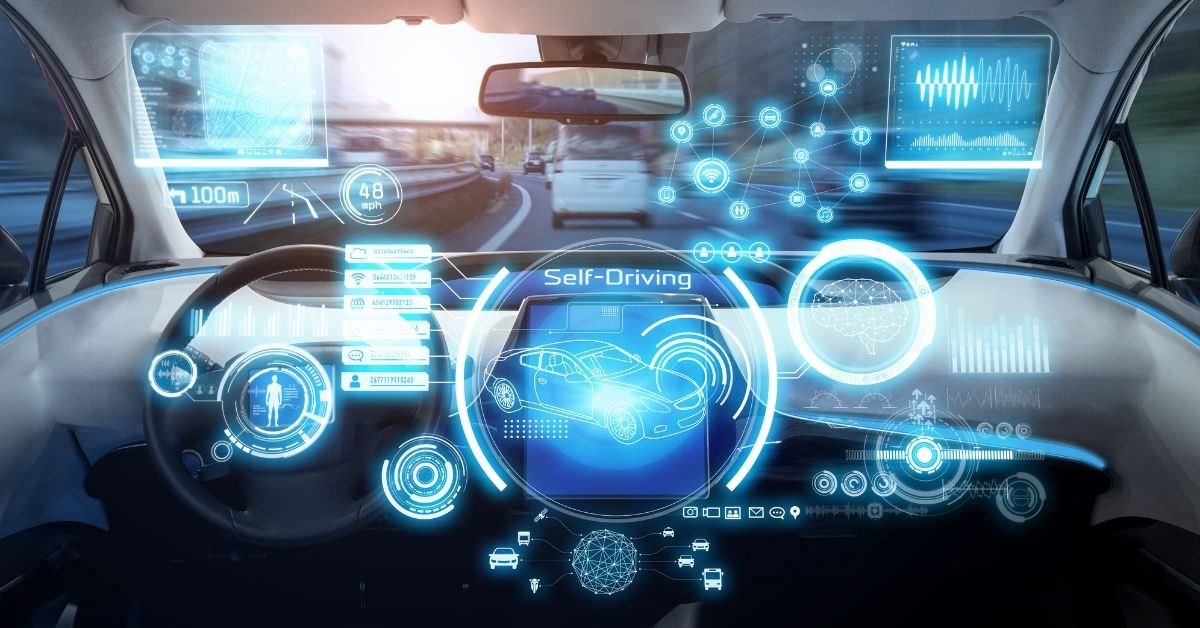
One can only imagine the technological possibilities of 5G when understanding the history leading up to its deployment. So, let’s dive into the evolution of mobile network connectivity to appreciate the power 5G offers in a modern-day world.
The first generation
First generation (1G) mobile internet got introduced in Japan in 1979 by Nippon Telegraph and Telephone (NTT). It had a sign-up cost of $2000 per user. An additional charge was the rental of the phone which cost a present-day value of R16 000 a month. By today’s monetary equivalent, that would set customers back around R110 000.

The service delivered voice analogue, which included insecure voice calls as someone with the know-how could easily intercept and listen in on calls if they wanted to. Despite users paying the price of a small car for the service, there was no data encryption for 1G connectivity.
1G internet speeds were working at 2.4Kbps. Ouch!
Generation two
2G was the next generation of mobile internet connection delivering digital voice services. This technology had encryption capabilities, making it harder for eavesdroppers to listen in on private calls. Encryption scrambles communication between two devices, meaning others cannot understand what is being said between two callers.
Using General Packet Radio Service (GPRS), a 2G internet connection offers a theoretical transfer speed of 40Kbps.
Then came 3G & 4G
In 2001, 3G came to the forefront of mobile networking technology. Further, with this deployment, came the ability to access the internet using mobile data. As a result, 3G got the ball rolling in terms of how powerful smartphones would become in the hands of their users.

With 3G technology, cellular companies and government agencies could record a user’s internet activity and search history. In effect tracking capabilities have only become more sophisticated.
4G internet delivered mobile broadband from 2010. Subsequently, 4G enabled mobile apps became an integral part of the smart device user experience.
5G is the pinnacle of mobile internet technology
The introduction of 5G is a breakthrough in mobile network connectivity. The new technology 5G outclasses its predecessors by a long way. 4G had a download speed of about 150Mbps, and 5G has ten times that speed ranging from 1Gbs to 10Gbs. Furthermore, latency with 5G connectivity is much lower than 4G improving online experiences like gaming and streaming movies.
Latency is the time it takes a computer to send signals to a server or another device and for the same signal to return, measured in milliseconds.
The mechanics of 5G
5G is designed to support a hundred times increase in traffic handling and network efficiency compared to 4GLTE.
5G is OFDM-based (Orthogonal frequency-division multiplexing) like 4GLTE and operates on the same mobile networking principles. However, the new 5G NR (New Radio) air interface enhances OFDM delivering higher flexibility and scalability.

5G is expanding into new service areas beyond 4GLTE, like mission-critical communications and connecting the expanse of IoT (Internet of Things). This connectivity is empowered by new 5G NR air interface design techniques, like the self-contained TDD subframe design.
Designed to connect citizens, machines, objects, and devices, 5G is a unified, competent air interface. It provides next-generation user experiences and deployment models to deliver new services. The 5G value chain will support the creation of 22.8 million jobs by 2035.


